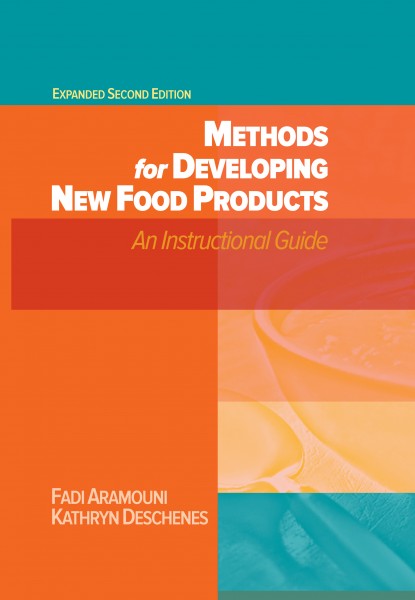Food waste reduction demands new supply chain solutions
Consumer demand for ethical products certainly makes waste reduction a loyalty concern for grocers, but the financial repercussions can be staggering.

What was once the grocery industry’s dirty little secret is now under the spotlight of consumer scrutiny—food retailers waste food.
Consumer demand for ethical products certainly makes waste reduction a loyalty concern for grocers, but the financial repercussions can be staggering. In a study sponsored by RELEX Solutions, Atlanta, grocers reported an average $70 million lost each year to fresh food spoilage, with larger companies reporting several hundred millions of dollars in losses. That same study finds the root of the problem often lies in poor supply chain practices.
The majority of food retailers in the study reported supply chain practices that don’t meet best practice standards. Of large U.S. grocers (over $10 billion in annual revenue), 16% said they generate distribution center forecasts from historical outbound deliveries, while 70% generate from store-level demand forecasts. While the latter is certainly a move in the right direction, neither method delivers the waste reduction outcomes required to succeed in a hyper-competitive, low-margin industry.
At the end of the day, relying on historic outbound data will never support a proactive strategy. On the other hand, generating distribution center forecasts causes disruptive outbound peaks because transaction information alone does not provide a holistic view of inventory needs. Those requirements are locally influenced on a day-to-day basis by external factors like weather-related demand variation and planned promotion campaigns.
Both the study and the real-world experience of retailers point to a clear link between the use of integrated forecasting and replenishment technology and lower spoilage levels.
Current best practice recommendations are to generate distribution center forecasts from store projections rather than forecasts. A store projection takes the point-of-sale forecast as a starting point, then automatically builds out a more holistic view of inventory need from store-level data on a range of factors, from minimum display quantities to safety stock minimums and so on.
Store projections prove most accurate when retailers make use of machine learning technology that considers external factors. Distribution centers use machine learning data to prepare for an otherwise unpredictable demand spike for ice cream during unseasonably hot weather or a demand plummet for one dry pasta product resulting from the promotion of another.
Grocers whose replenishment orders aren’t automatically generated by demand forecasts are almost five times more likely to suffer from above average spoilage levels, according to the study. However, by incorporating holistic data into distribution center projections, retailers consistently achieve more accurate allocations that reflect both pull-based demand and planned push-based stock movements.
Based on past performance, retailers deploying integrated forecasting and replenishment solutions see up to 40% reduction in spoilage and 30% reduction in inventory. Other benchmarks include an 85% reduction in stockouts, over 99% availability and 50% less time spent placing orders.
Where there is challenge, there is always opportunity. All grocers with waste reduction goals should take a serious look at the benefits of an integrated supply chain.
Looking for a reprint of this article?
From high-res PDFs to custom plaques, order your copy today!









